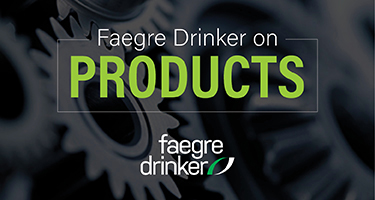A picture may be worth a thousand words, but that doesn’t make the camera an expert witness. Product liability actions usually require expert testimony to prove defect and causation. Pictures, like other documents, can be central to an expert’s opinion on those points. But as a plaintiff in the Eastern District of Pennsylvania recently learned, pictures alone are insufficient. Defect and causation still require an expert’s testimony — even in cases involving products as simple as a loaf of bread.
In Kovalev v. Lidl US, LLC, 2024 WL 4642982 (E.D. Pa. Oct. 31, 2024), the plaintiff alleged that he became ill after consuming bread sold and/or baked by the defendants. He claimed to have bought eight loaves initially and experienced abdominal pain and difficulty breathing after spending two days eating the first loaf. He claimed to have thereafter discovered that the loaf was “extensively contaminated with dangerous disease-causing toxic mold.” He took pictures. Later, the plaintiff ate from a second loaf and developed nausea, vomiting, abdominal pain/cramps, general malaise, and respiratory issues “for days.” Once again, he allegedly inspected the bread after eating it and “discovered various-colored mold.” And once again, he took pictures. (As an aside, if we became ill after eating a loaf of bread and then discovered “extensive” mold on it, we would spend the foreseeable future carefully checking all our bread for mold before digging in. We might do so simply because we have read this case. But we digress.) Three months later, the plaintiff purchased four more loaves of bread from another of defendants’ stores. He claimed that while eating that bread he discovered “a large piece of black substance” inside it. Once again, he took pictures. Because he did not know what the substance was or whether he had consumed part of it, he claimed to be “severely traumatized” and afraid of developing future “cancer or damage to his organs,” “suffer[ing] a physical impact,” and losing his “enjoyment of life.”
Continue reading “Plaintiff’s Half-Baked Attempt to Prove Defect and Causation With Photographs of Moldy Bread Shows the Knead for Expert Testimony”

